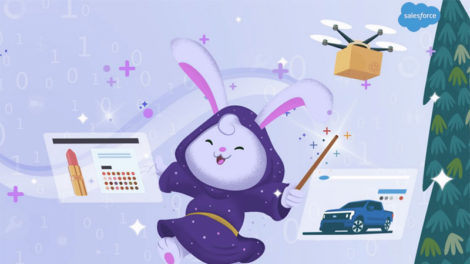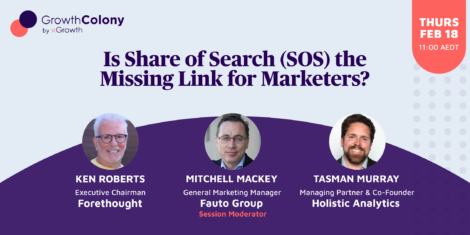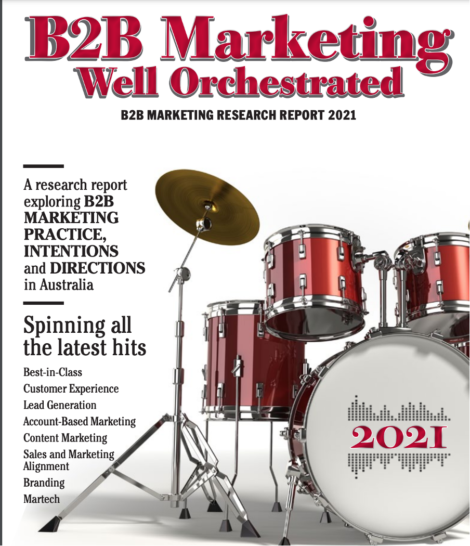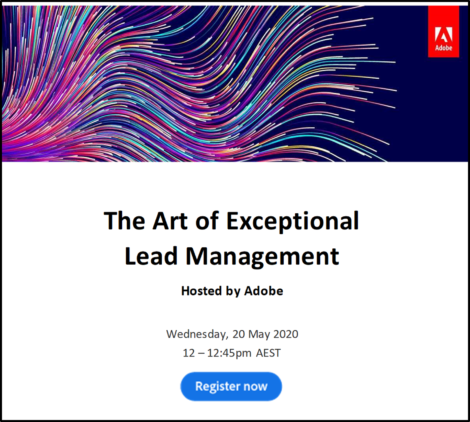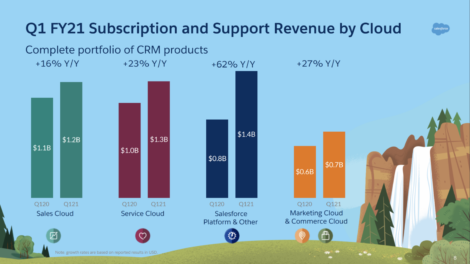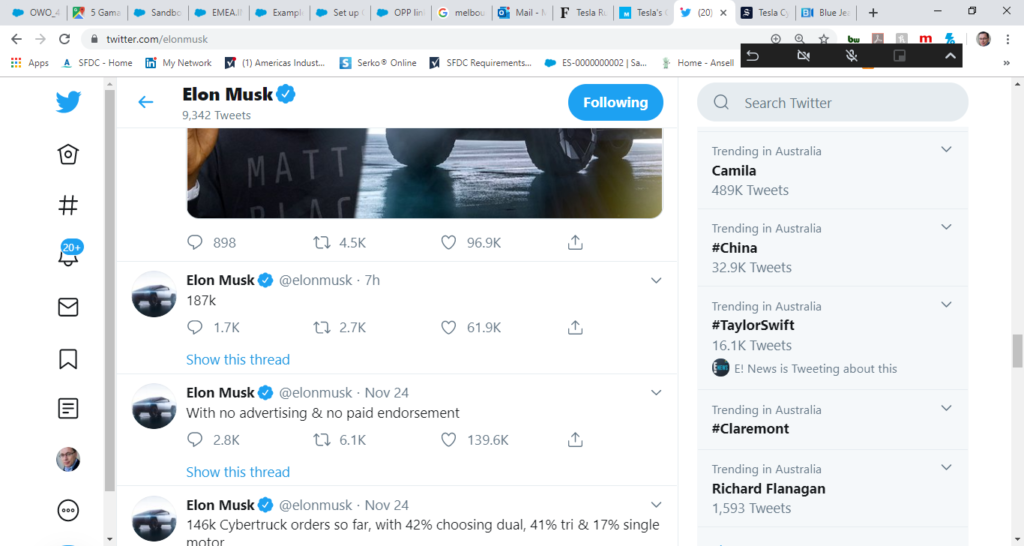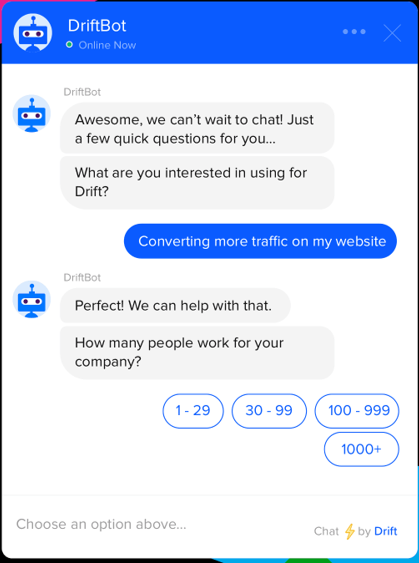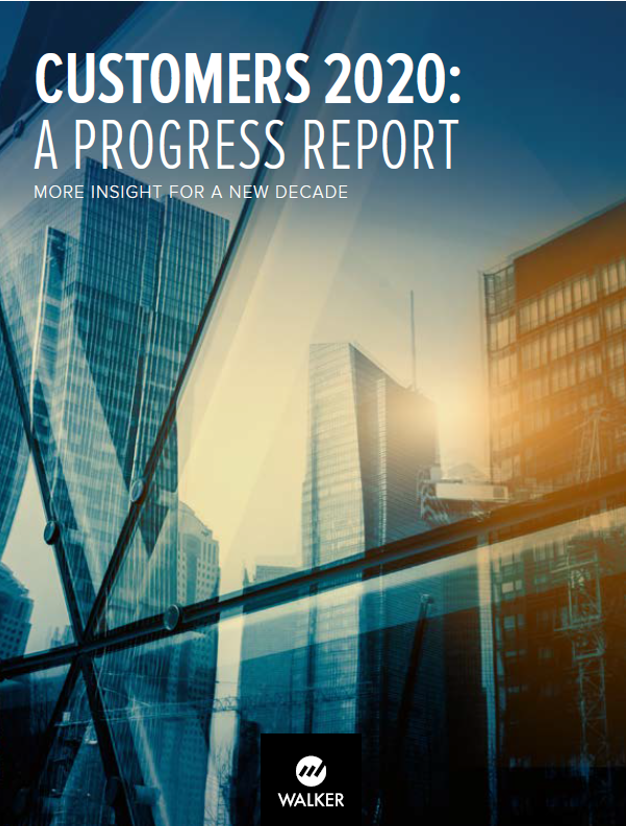Reinforcing the reality that data is the new oil fuelling our digital world, Salesforce, the behemoth of the enterprise tech space, has blended its AI, Customer Data Platform (CDP) and automation capabilities into a new capability called Genie.
Announced with characteristic bravado and ambition at the company’s Dreamforce jamboree in San Francisco in September, Genie generalises its CDP capabilities across all its Sales, Service, Marketing and Commerce clouds, as well as its Platform, Tableau, Slack and Mulesoft tools, to enable customer experience orchestration in real time.
Salesforce, which has overtaken SAP to seize enterprise software application leadership by revenue, says Genie connects with the CDP engine to establish a single customer or group of customers with AI and machine learning and connects that data to Salesforce’s Flow automation.
Examples include serving ads, content or offers; making sales recommendations based on browser behaviour, pulling up historical sales and service data or reacting to real-time maintenance alerts to quickly solve customer problems or deleting or restricting customer data when they opt out of marketing.
Users can see exactly how the entire end-to-end process is flowing or stalling, from marketing across to sales, service, compliance, and system-of-record transaction management.
The rebranding of the CDP to Genie was to “make it fun” and, critically, to help customers and stakeholders embrace and understand the value proposition.
In summary, Salesforce asserts that data orchestration blended with engagement capabilities and genuine AI, results in a so-called “real-time” CRM. Next level stuff.
Constellation Research founder Ray Wang was quoted as stating, “to take the CDP to the next level, you really have to do it in a very different way. You have to not just think about the data that’s there, you have to think about how everything’s connected”.
Salesforce claims large companies run an average of 976 separate applications in their businesses, resulting in data fragmentation and an inconsistent environments where value can not flow smoothly.
Salesforce’s CDP leader Rahul Auradkar was quoted as saying that the company’s own customers had said that their own downstream customers were expecting far more personalized experiences now and in the future.
“The power of real time is doing the right thing, at the right time,” said Auradkar.
Let’s see how that promise, oft touted and promised in the CRM world over the years, is delivered.
Nothing wrong with the ambition. Everyone agrees we need to create a hyper-personalised relationship with our customers, pooling and harmonizing data into what Forbes calls a “a reconciled, comprehensive customer portrait”.
